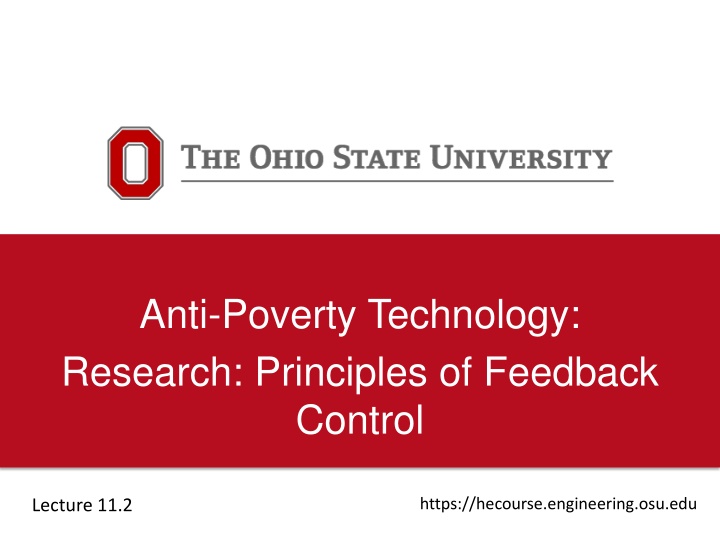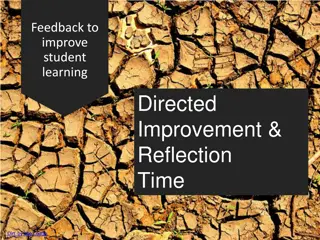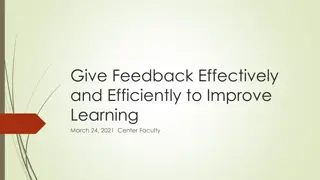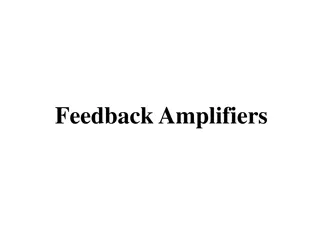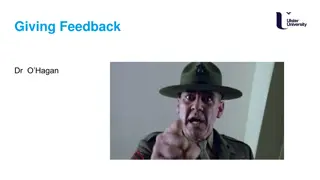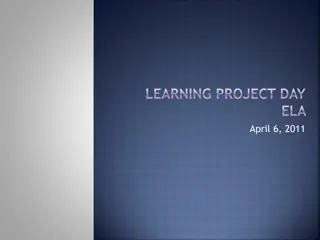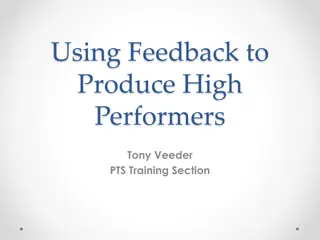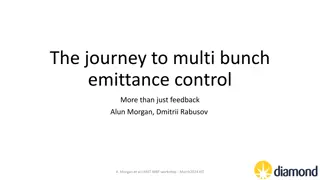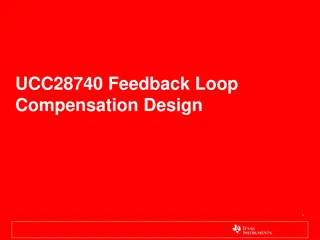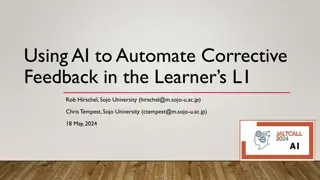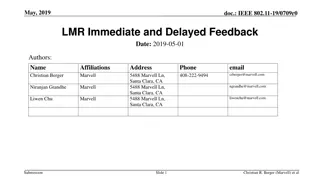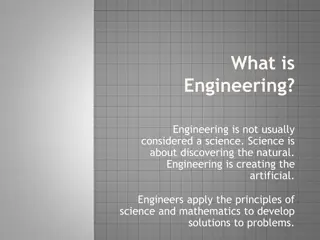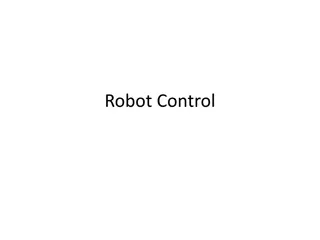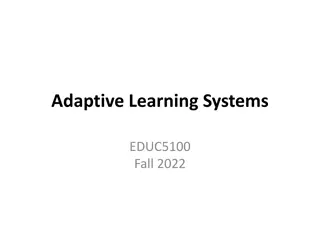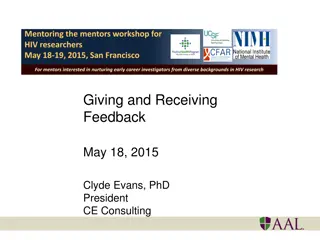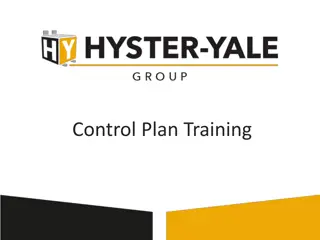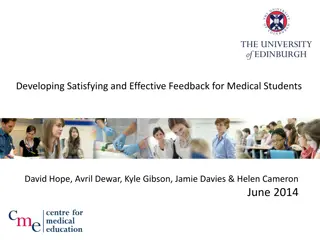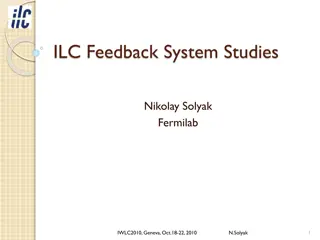Feedback Control in Engineering Applications
Principles of feedback control in various engineering systems, from cars to airplane controls, distillation columns, and renewable energy sources. Explore the process characteristics, properties, and controller functionalities of feedback control systems, along with their importance in achieving stability, controllability, and observability. Understand the role of closed-loop feedback control in managing finances, social justice, and sustainable development within communities.
Uploaded on Apr 04, 2025 | 0 Views
Download Presentation

Please find below an Image/Link to download the presentation.
The content on the website is provided AS IS for your information and personal use only. It may not be sold, licensed, or shared on other websites without obtaining consent from the author.If you encounter any issues during the download, it is possible that the publisher has removed the file from their server.
You are allowed to download the files provided on this website for personal or commercial use, subject to the condition that they are used lawfully. All files are the property of their respective owners.
The content on the website is provided AS IS for your information and personal use only. It may not be sold, licensed, or shared on other websites without obtaining consent from the author.
E N D
Presentation Transcript
Anti-Poverty Technology: Research: Principles of Feedback Control https://hecourse.engineering.osu.edu Lecture 11.2
Principles of feedback control Seen in most areas of engineering... Examples: Cruise control on a car, anti-skid brakes in a car, engine control, altitude hold on an airplane, thermostat for temperature control, control of a distillation column, water level in an irrigation system, homeostatic mechanisms In the human body, interactions in an ecosystem, control for the electricity smart grid, maximum power point tracking for solar energy, wind turbine control... 2
Process characteristics: Linear/nonlinear SISO/MIMO Stochastic/deterministic Complexity Examples: Dynamic poverty model: Nonlinear SISO Stochastic (income) TOC model: Nonlinear MIMO Deterministic 3
Properties of processes: Examples: Stability Controllability Observability Dynamic poverty model: Perhaps unstable Controllable Observable TOC model: Perhaps unstable Controllable? Observable? 4
Controller functionalities: Examples: Linear/nonlinear Static/dynamic Adaptive/learning Planning Dynamic poverty model: Nonlinear PID Learning? Planning? TOC model: Useful features: Learning?, Prediction? 5
Properties of closed-loop feedback control systems: Stability Time response shape Disturbance rejection Robustness Analysis: Mathematical, computational, implementation Feedback control for finances management: Ability to track desired wealth? React quickly? Eliminate bad effects of random income? Perform well in spite of modeling or other errors Later: Social justice, development, sustainable communities Dynamics and feedback control in social systems 6
